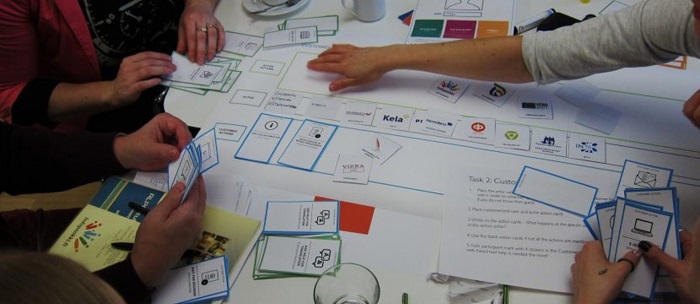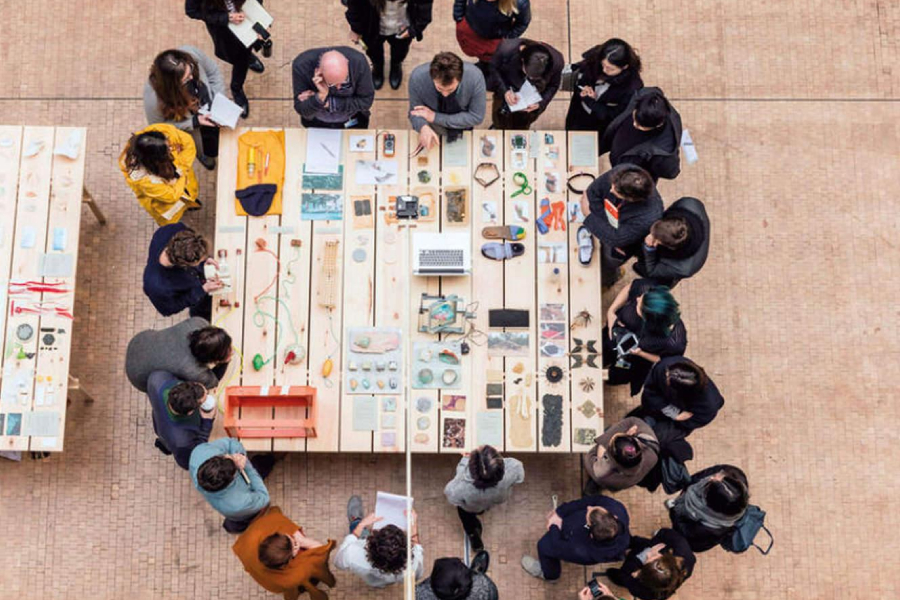The design industry in India is thriving. It will prosper in the foreseeable future, as it has been for more than 35 years. The demand for designers in India increases as new technologies permeate our lives. The country is a key market for multinational corporations, which means there are numerous opportunities for graduates in the design industry. Since the mid-1980s, design education has become richer and more interesting because of the infusion of influences from other disciplines. Choose B Des colleges in Chennai to learn more about design in today’s technologically driven world.
Everything You Need To Know About Design Education
Design thinking is the single most effective method of instilling creativity and imagination in students and is taught in design schools. It is interdisciplinary, and students should take an interest in subjects beyond the narrow confines of design. Design educators must provide students with a broad academic approach, including options and electives in various subjects and other educational mechanisms. They must maintain their focus on the task at hand by continuously improving the quality of their educational product.
Designers address social issues, including poverty and deprivation, access to resources, health and education, among others. They must respond to people’s needs and desires and respond to the physical world. Therefore, we should understand that design creates the tangible and intangible built environment with a social context.
Design education needs to be broadened to meet the changing needs of the twenty-first century. Design schools should focus on teaching fundamental principles, but they should also provide advanced courses to improve students’ special talents.
Different Aspects & Courses In Design
Design schools that are part of full-service universities tend to offer a much broader educational experience than design schools that are separate from other art and design schools. Design is a field of practice, but it also has evidence-driven components.
You must understand that design success results from technical expertise and artistic flair. Indian design institutes encourage students to experiment with different styles, techniques, patterns, and methods. Design teachers take more responsibility to encouraging students to create their websites, apps, or games and interact with industry experts.
The design education sector in India is expected to thrive in the future with modern design departments. It has sub-disciplines, including product, interaction, graphic, communication, industrial, textile and fashion design, and digital and experiential design. These sub-disciplines are often segregated into separate departments.
The history of interaction design distorts the true powers of the discipline, which is to understand all forms of interaction between people, the environment, technology, and designed artifacts. At the same time, a major in industrial design at a third school requires a course in History, Philosophy, and Social Sciences.

Prevailing Design Education System- What To Expect?
Design is a dynamic field with endless opportunities for innovation and reinvention, and the importance of a design school graduate is being recognized with every passing year. Design school graduates are in high demand due to shifting trends in the Indian market. Indian fashion consumers expect products to be tailored to their specific requirements, and multinational corporations now sell products manufactured in India specifically for the Indian market. This makes Indian design schools focus on quality manpower to learn to excel even in a difficult situation.
The current design education system does not prepare students for increasingly complex and consequential challenges. They follow a human-centred design and learning, different from other design disciplines, such as engineering and science. The other fields use devices, algorithms, and experiments whereas, design education is less about pre-acquired visual skills and more about the ability to observe and perceive deeply to be successful.
Design is a critical component of how we conduct business, and designers must be business strategists and designers. The design industry has changed significantly since the introduction of computer numeric control in the manufacturing industry. Hence, new-age design courses are becoming more driven by automated technologies and software, advancing the design process.
The National Institute of Design’s philosophy on design education has influenced the design curriculum in India for more than a decade. However, many colleges are still stuck in the past regarding their educational pedagogy and methodology. We can expect significant shifts in how design education is delivered to Generation Z as mos design colleges are currently operating with 40-50 students per class. The buildings are constructed or renovated, reflecting the care and consideration to take the designing studies to the next level.
Design is a career that does not make sense in the conventional business hierarchy. Therefore, many design institutes are opening their doors across the subcontinent, and students can pursue their dreams with no stress. Many design students in India have studied abroad to gain international experience, and more students from other countries have also come to India.
The Takeaway
The demand for design graduates is far greater than the supply of qualified candidates in top design schools. You can learn about the various design disciplines, the requirements for admission to each course and consider your potential career and educational paths. Consider your options, and then contact the design colleges in Chennai to know about their programs and decide.




